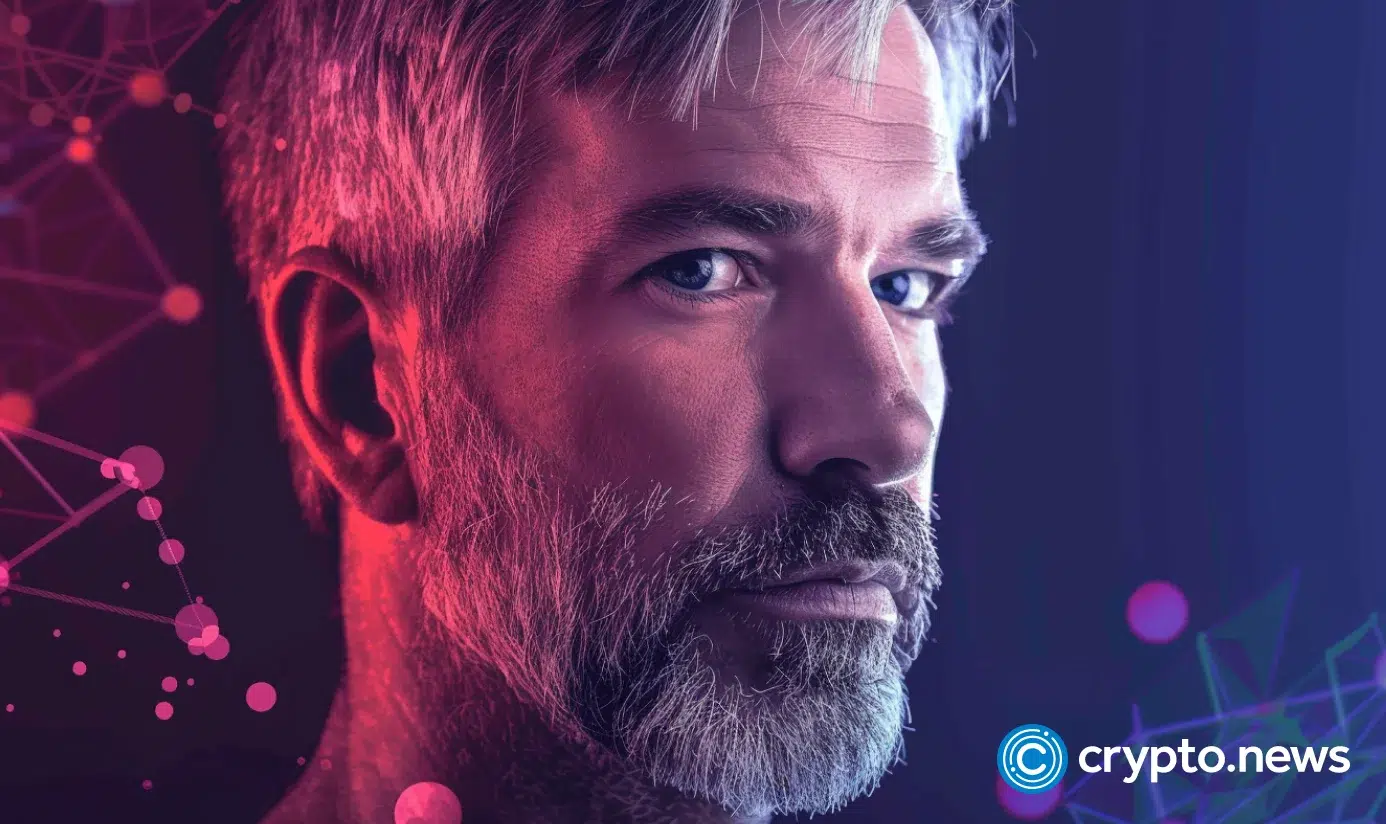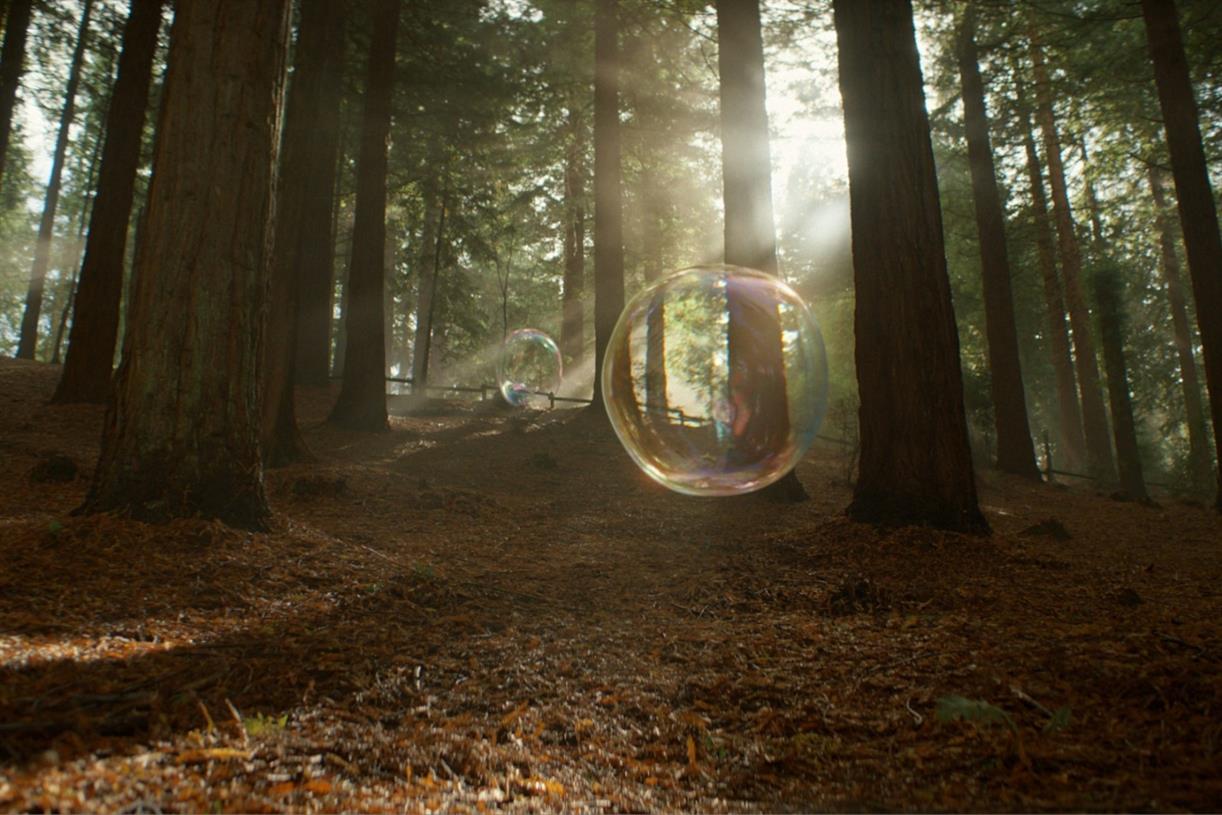Navigating Change with Grace
How turning towards darkness can help us be courageous The post Navigating Change with Grace appeared first on Tricycle: The Buddhist Review.

Navigating change is a natural part of being human. Everyone who lives long enough has the experience of metaphorically leaving the nest. There comes a moment in everyone’s life when things are not what we have come to rely upon or expect. Most people are conditioned to seek security by making the external world as stable as possible, though the degree to which humans can even entertain this idea of security varies dramatically, based on race and class.
While nothing external can actually be relied upon all of the time, the dominant paradigm conditions people to build scaffolding in the form of finding the right job, right home, right relationship, and right amount of money. There is a belief that building scaffolding as quickly as we can creates an external structure that allows us to then relax and be safe.
We try to hold on to these externals. Then, when externals change, we panic. In the face of change, tidal waves of resistance, fear, and conflict can be unleashed in even the most well-intentioned people. Relationships, organizations, and communities often struggle to ride the waves of change.
The alternative is to not invest solely in external security but equally in the only security that is reliable. This is our inner commitment to presence, compassion, and clear seeing . . . our willingness to cultivate a clear heart and clear mind as we navigate life. When we invest in our internal framework by trusting in who we are, we find the strength to endure when the externals change. When we support others to trust in who they are, we support them in finding the strength to endure and adapt to change.
When we invest solely in external scaffolding for security, we diminish our access to a powerful internal framework for navigating change. This internal framework includes fluidity, faith, resiliency, willingness to ask for help, willingness to receive guidance, knowing how to fall, knowing how to fail, and knowing how to let go. This framework is emergent and recognizes that we live in collaboration with life.
The extent to which we suffer as human beings exists in direct correlation to our investment in the mind of limitation and binary perception. If I had been taught this path directly growing up, my entire journey would have been easier. During the times I thought I was falling or failing, I would have felt less afraid. The moments when I felt directionless, there would not have been accompanying despair. I would have understood that not knowing is a valid and safe place to patiently shelter. The times I felt that I was somehow “falling behind,” a compassionate mentor would have laughed and pointed out the grand delusion that there is something more valid than my authentic pace or the wisdom of patience.
There is a long-standing belief in the nexus of human consciousness that insists that change, the unknown, and darkness are ultimately to be feared. Historically, personally, and collectively, change has led to loss for many of us. It has also led to positive transformation and renewal—but humanity tends to forget this. In an age where we are collectively called to change old ways, refreshing our framework for navigating change is vital. It is time to collectively let go of our fear of change.
When we choose to stay present through change, we realize that where we are now is the only ground beneath us.
Change can wear the magnificent cloak of a blessing or exhilarating experience such as attaining a new job, discovering an exciting opportunity to pursue a dream we have always held secretly, becoming a parent, or falling in love and merging our life with another. Change can also arrive as an aggressive storm that shatters the security we had believed in. One’s partner calls to announce that they are leaving. The results from a medical test arrive announcing terminal illness. A wildfire leaves one’s home in burning embers overnight. The ground beneath us that we thought was solid suddenly gets pulled out from under us.
We also live in a world where some people are sheltered much more than others from the sudden loss of security and unwanted change. Some people get hurled into the void brutally and multiple times, in unforeseen ways that shatter their lives. Others have more generous security or support systems built in.
Learning to navigate life’s changing nature from center is one of the gifts of endarkenment (to commit to turning toward rather than away from physical and symbolic darkness and to learn to perceive with the heart—beyond unconscious bias and hierarchical perception). Change invites us to affirm our participation with life beyond the isolating, but seemingly sheltered, visible security. With reverence toward the divine darkness, we can learn to meet our human experience of change with openness rather than fear. We can learn to surrender to rather than resist the groundlessness of change. We can learn to lean into the changing nature of existence, realizing the freedom that arises from not knowing and realizing we do not have to fear the unknown.
We can learn to live in a curious, adaptive, and visionary—rather than resistant or fearful—posture. When we choose to stay present through change, we realize that where we are now is the only ground beneath us. We can let go and rest in the now—not knowing, not resisting, not panicking, and not even trying to mentally make sense of things. Beyond our mind’s stories, step-by-step, breath by breath, we can trust the now to hold and guide us.
Collectively, there is great opportunity to navigate our changing, complex, seemingly broken world from grace and dignity. We can only do this through a renewed perspective on dark and light. As the forms we have relied upon collectively break down—either personally or globally—there is another option aside from panic. We need not assume fear and resist change. When we look to nature as our teacher, we are reminded that every sustainable ecosystem knows the art of adaptation and collaboration.
The questions to ask yourself are as follows:
When there is no ground beneath me, how can I surrender to groundlessness?
How can I consciously choose not knowing rather than cling to an attempt to know or control?
How can I show up, from center, to the uncertain landscape around me and take the next step in trust?
What is sturdy, reliable, and steadfast—within me—in the face of every external change I will experience in this life?
Where, and in what forms, do I need to ask for help or support, as I navigate change?
How can I meet myself with compassion while I navigate change?
Fearing less as we face change does not mean avoiding our fear of change. We can care for the aspects of our psyche that equate change with loss (think of a scared child or someone who experienced traumatic change in the past), while we simultaneously choose courage. Even with years of monastic training, I sometimes found aspects of my new life frightening. I affiliated monasticism with everything sacred and holy and feared that living out in the world could dilute my practice. I questioned, at first, my capacity to hold the purity, devotion, and compassionate self-discipline of the buddhadharma as a lay person. As I navigated health issues, I also sometimes wondered if I would survive in our dispassionate economy.
A mantra I repeated at the time was, I hold hands with the one who fears change while choosing to courageously take the next step forward in faith. I anchor in the home that is unconditional, the now. I am held by the earth, made whole by my intention, choices, and actions.
◆

From Luminous Darkness © 2022 by Deborah Eden Tull. Reprinted in arrangement with Shambhala Publications, Inc. Boulder, CO. www.shambhala.com

 JimMin
JimMin 






























